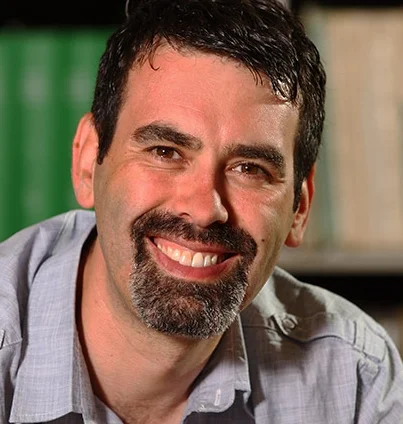Dr. Lori Francis
Saint Mary’s University is pleased to announce that Dr. Lori Francis has been appointed Associate Dean of the Faculty of Science – Student Affairs (Acting).
Dr. Lori Francis has been a faculty member in Saint Mary’s University’s Department of Psychology since 2002, and was promoted to Full Professor in 2014. A graduate of St. Francis Xavier University, she holds an MSc in Psychology from McMaster University and a PhD in Industrial/Organizational (I/O) Psychology from the University of Guelph.
During her tenure in Saint Mary’s Faculty of Science, Dr. Francis has taught a wide range of BSc and MSc courses, including Intro to Psychology, upper-level undergraduate courses, and doctoral seminars. Since 2011, she has been Graduate Program Coordinator for the MSc and PhD in Psychology. Dr. Francis has also served on Academic Senate and was a long-time member of Saint Mary’s Pension Committee.
Dr. Francis’ research, which pertains to occupational health, safety, and wellness in the workplace, has been funded by the Social Sciences and Humanities Research Council (SSHRC), Nova Scotia Health Research Foundation (NSHRF), and Canadian Institutes of Health Research (CIHR).
As Associate Dean of Science – Student Affairs (Acting), Dr. Francis will oversee the Science Advising Centre and the Science Numeracy and Academic Proficiency (SNAP) Centre, a free, drop-in tutoring centre dedicated to first-year science students. She will also review and provide the final decision on a variety of student issues handled through the Science Advising Centre.
















